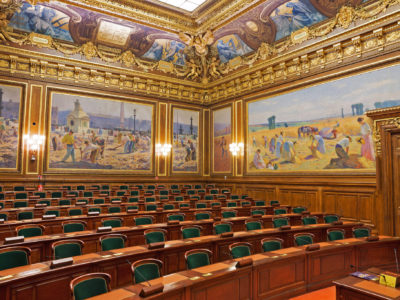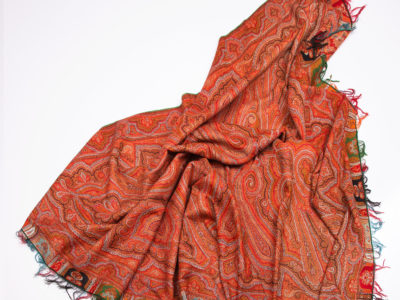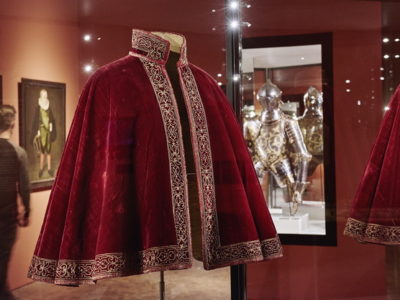What : Fashion and clothing: collection, exhibition and research in small and medium sized museums in Europe / Mode et vêtements : collecte, exposition et recherche dans les musées de petite et moyenne taille en Europe.
When : 17-18-19 mai 2018
Where : Strasbourg – Haguenau (France) > Musée d’Art moderne et contemporain de Strasbourg – Musée Alsacien de Haguenau
Who : International Conference co-organised by the RIG-Acorso, the Museums of Strasbourg, and the Museum of Alsace in Haguenau / Colloque international co-organisé par le GIS-Acorso, les Musées de Strasbourg, et le Musée Alsacien de Haguenau.
Abstract : This interdisciplinary international conference will focus on the challenges and potentials that lie within museums considered small or medium sized in their national museum contexts. These museums often have to cater to a diverse range of interests including their public, regional and local authorities, state interests in national heritage issues, as well as academic concerns.
The first morning of the conference will be devoted to an account of the recent revitalisation of dress and textile collections in the museums of Strasbourg, Haguenau, Bouxwiller and several others. This conference will then, over the next two days, go on to probe the functions of museums of art, industry, fashion, ethnography and history, all across Europe, which have collections of textiles and dress – whether these form their entire collections or just elements within them. The heritage that these museums carry relative to their size, their spheres of influence and their collecting policies, is often unique and very different from that of our larger museum institutions, raising specific issues which lie at the heart of debates which will be developed at this conference.
These small and medium size museum collections are often of an importance greater than the means available to tackle them. Their diverse heritages – commercially, touristically or politically focused at regional or national level – are of interest to the entire research world. Academic approaches to researching and interpreting collections stemming from the new museologies hold many ideas for potential museum development and many museums of all sizes have already absorbed and responded to these ideas. However these ideas are sometimes little known or ignored by small and middle sized museums, though they offer promising spaces for potential applications of new museology practices and for fresh research.
Some traditional presentations of regional costumes, for example, still deliberately focus closely around specific localisms, choosing not to reflect issues such as cross border exchanges, in- coming cultural influences and wider economic settings. These three elements, however, all flood across frontiers, forming the basis of a trans-European heritage of appearances. With the intent of reflecting the current musem landscape and of developing debate on future directions for small and medium sized museums of art, dress and textiles, ethnography and history, members of ACORSO welcome papers that respond closely to the following issues:
• What rôle do these museums aim to play? What fundamental themes and debates have these musems already attached to their collections of textiles, dress and fashion?
• What ambitions have been attached to the development of dress, fashion and textile collections? How are these collections integrated within the global project of museums? – the museum itinerary?
• How can we overcome the status differences that exisit between (high) fashion and everyday and ethnographical dress and their museum display?
• Should the promulgators of the new museologies of the study of fashion and dress – (so far mostly applied to analysis of museums of internationaol standing or to specialised musems) – take an interest in the work of small and medium sized museums?
• In what ways is digitization a challenge or a potential to these museums?
• Where should small and medium sized museums seek professional advice? What professional skills are needed for these museums ? Is there a preferred work methodology ?
• What links to established research can these museums initiate and set in place, precisely because of their specificities? What has already been initiated?
• The situation of some of some small local museums with collections including dress, textiles and their related industries, is now so perilous that some have been, and are being, closed. What positive proposals have been set in place that have already addressed this problem or are currently dealing with it?
• How important is the role of unpaid volunteers and research placement students in the work of small and medium-sized museums with collections of dress, textiles and related industries, including research work? How is this monitored and how it is disseminated?
The languages of the conference are French, German and English.
Program downloadable here.




